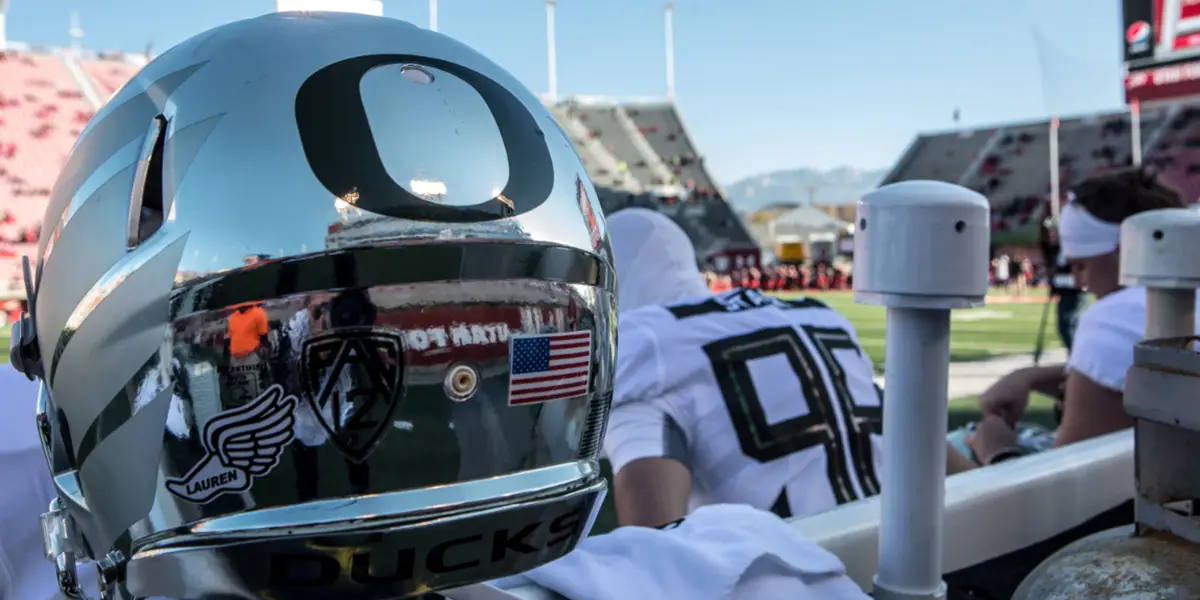“Evolve or perish,” goes the Darwinian maxim.
In the college football world, evolution has taken the form of expansion. But it’s been a few years since the mass realignment and expansion led by Colorado, Missouri, Nebraska, Texas A&M, Utah, Louisville, Syracuse, Maryland, Rutgers, Pitt and TCU. Are we in line for a second wave of expansion in the Power 5 conferences? Stewart Mandel, lead college football writer for The Athletic, thinks so (subscription required).
CFB media rights deals have created a rising tide since the last Power 5 expansion. The B1G, for instance, was making around $100M a year from ABC/ESPN as recently as 2016 but nets a cool $440M a year under its current deal with ESPN and FOX. But, while the B1G and the SEC are comfortably cruising the media rights seas in a Jerry Jones-size yacht, the ACC, Big 12 and Pac-12 have been getting tossed around in row boats. And though some Power 5 athletic departments have benefited, the majority are losing money.
The B1G’s media rights deal, however, comes to an end in 2023. The Pac-12’s culminates in 2024, the Big 12’s in 2025 and the initial CFP contract in 2025. As the sun sets on these deals, is another expansion on the horizon?
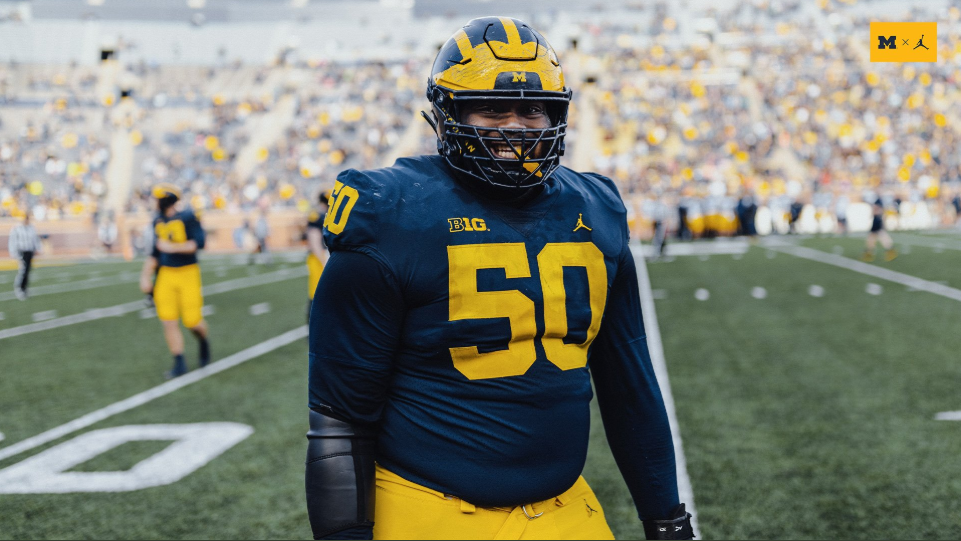
The B1G’s media rights deals have conference members smiling.
What’s the Fix?
This time around, restructuring rather than expansion might be the answer. A restructuring based on geography and marketability rather than an “every man (or program) for himself” approach might just be the best financial move for everyone involved. It’s a long way from Lincoln, Nebraska to College Park, Maryland; from Miami, Florida to Syracuse, New York; from College Station, Texas to Gainesville, Florida; from Stillwater, Oklahoma to Morgantown, West Virginia; or from Seattle, Washington to Tucson, Arizona.
Another possibility would be to restructure the leagues by program quality and revenue-generating potential. “Pay for play” is pressuring the amateur student-athlete model, and most athletic departments are leaking financial oil. A “College Football Premium League” (CFBPL) could potentially address both issues.
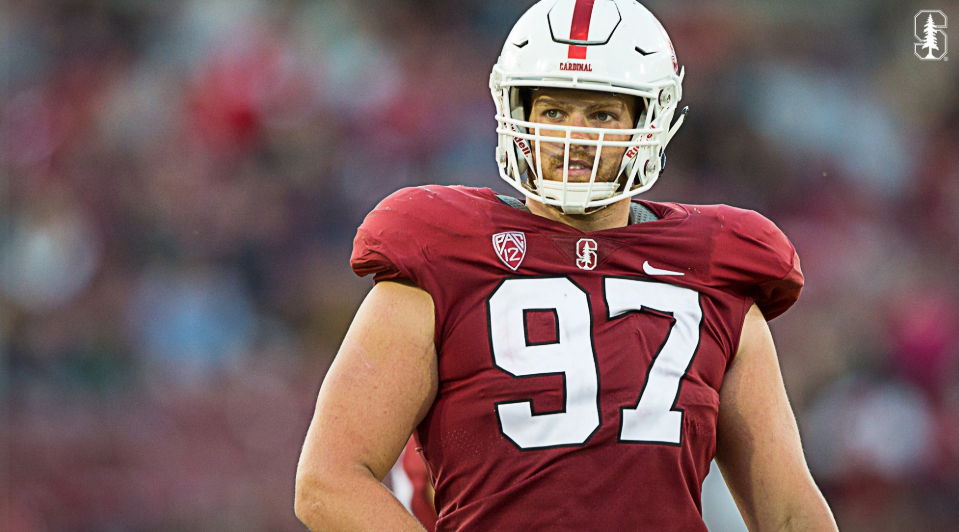
Stanford has had to do some serious traveling over the past couple of seasons.
Before considering what the CFBPL could look like, let’s consider a few issues that would affect this transition. I expect that conferences (with the possible exception of college basketball) will remain as-is for all sports other than CFB. Schools in the CFBPL would share their respective incomes with all existing conference members. Profits from the CFBPL would be distributed pursuant to a formula determined by an agreed-upon investment banking firm. Big-stadium teams and teams that command more eyeballs should make more than small-stadium and less-watched teams. Otherwise, why would Alabama, Michigan, Ohio State and Texas come on board?
Now, here are some questions that would have to be answered:
In certain cases, would a state’s legislature allow “big brother” to leave behind “little brother”? Like professional soccer leagues, would there be an opportunity for elevation and relegation? Would there be “pay for play”? Would there be a high school draft of players who want to be paid, regardless of where they go to school? Would the CFBPL form its own network that would carry its games exclusively?
Here is what no one can question: If the CFBPL collectively bargained its media rights free of conference affiliation, the money would be legion. Many the athletic department would flip from red to black, with more money available for non-revenue sports.
A New CFB Structure
What would the CFBPL look like? Mandel suggests a four-conference model with seven teams each. I too see four CFBPL conferences, but with a more inclusive 10 teams each.
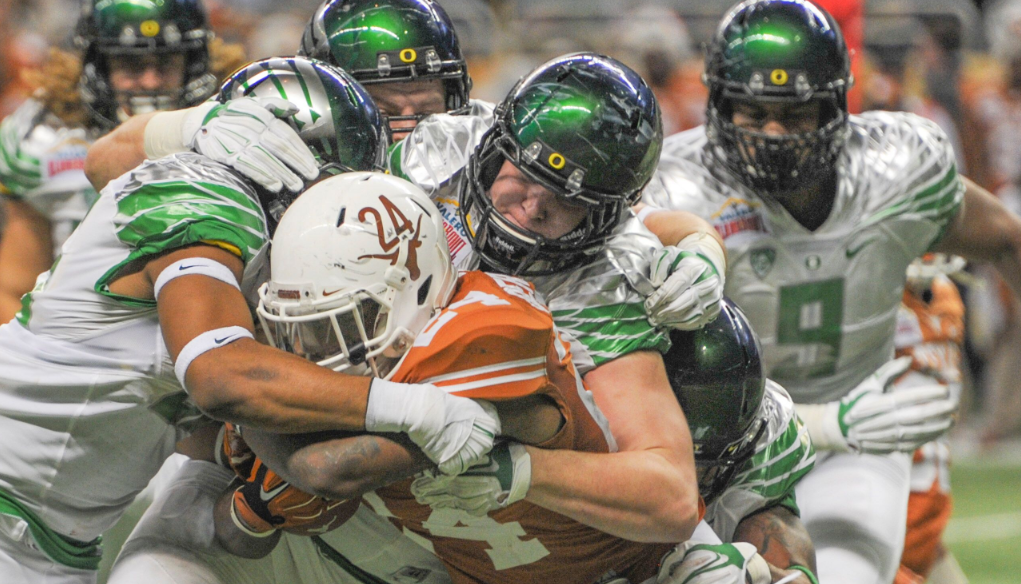
Oregon and Texas would be in the same conference according to the proposed model.
WEST: Arizona State, Colorado, Oklahoma, Oklahoma State, Oregon, Texas, Texas A&M, UCLA, USC, Washington
MIDWEST: Iowa, Michigan, Michigan State, Minnesota, Missouri, Nebraska, Notre Dame, Ohio State, Penn State, Wisconsin
SOUTH: Alabama, Arkansas, Auburn, Kentucky, LSU, Ole Miss, Mississippi State, North Carolina, South Carolina, Tennessee
EAST: Clemson, Florida, Florida State, Georgia, Georgia Tech, Miami, Syracuse, Virginia, Virginia Tech, West Virginia
Semantics
Some of the above teams, such as ASU and Colorado, are chosen more for their locations in major media markets, rather than current on-field success.
Schedule: One out-of-CFBPL game in order to preserve rivalries such as the Civil War and the Apple Cup. One cross-conference game. Nine round-robin conference games. Two conferences would be idle in Week 6, the other two in Week 7. The season would begin on the Saturday prior to Labor Day weekend, this season’s so-called “Week Zero.”
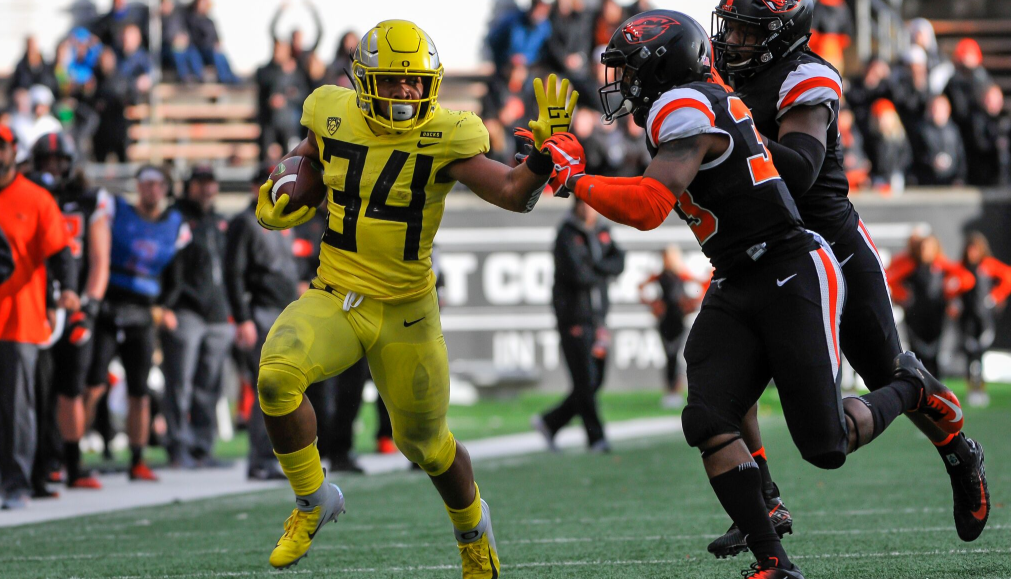
The Civil War would be a preserved rivalry.
The playoff would consist of the four conference champs and eight at-large teams, with the conference champs receiving a first-round bye. The eight at-large teams would be chosen by a playoff committee, and the field would be seeded by the committee. The first two rounds would be played in December on the home field of the higher-seeded teams. The semifinals would be played on New Year’s Day in the Rose and Sugar Bowls. The Championship Game would alternate between Dallas, Indianapolis, Las Vegas and New Orleans.
Teams that don’t make the playoff field, and the teams that lose in the first round of the playoff, would be free to go bowling.
The CFBPL would operate under its own rules and not NCAA rules. There would be a single commissioner and one group of administrators (located in a less expensive part of the nation than San Francisco). There would be, at most, one body-bag game a season. Weak sister teams and small stadium teams would no longer be carried by the more successful conference members.
With this setup, CFB could rival the NFL in popularity, as was the case prior to the ’60s. The CFBPL may not come to fruition, but as we all know, in the 21st century, money talks and male bovine excrement walks. If there’s money to be made, it may not be that far-fetched of an idea.
Jon Joseph
Georgetown, Texas Top Photo by Harry Caston

Phil Anderson, the FishDuck.com Volunteer editor for this article, is a trial lawyer in Bend Oregon.

Jon Joseph grew up in Boston, Massachusetts but has been blessed to have lived long enough in the west to have exorcised all east coast bias. He played football in college and has passionately followed the game for seven decades. A retired corporate attorney Jon has lectured across the country and published numerous articles on banking and gaming law. Now a resident of Aiken South Carolina, Jon follows college football across the nation with a focus on the Conference of Champions and the Ducks.

